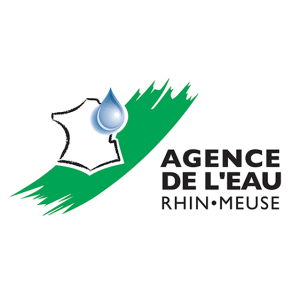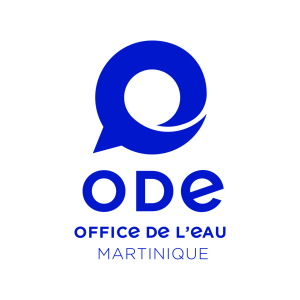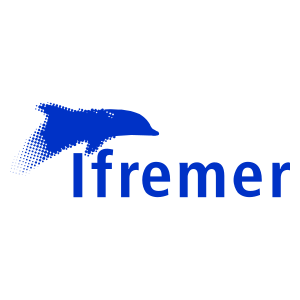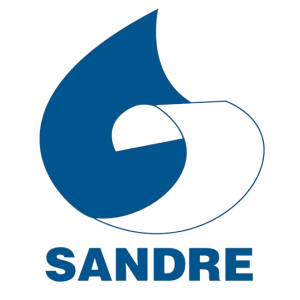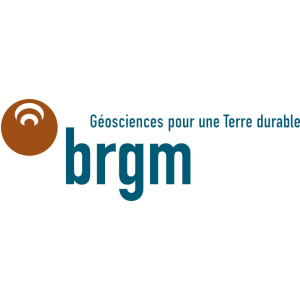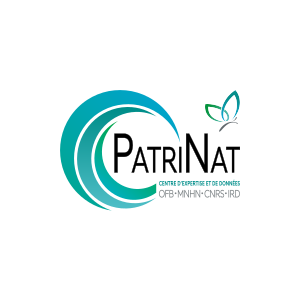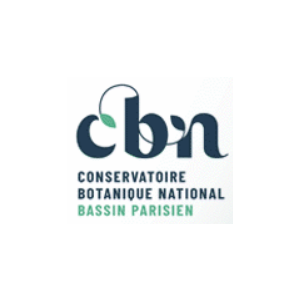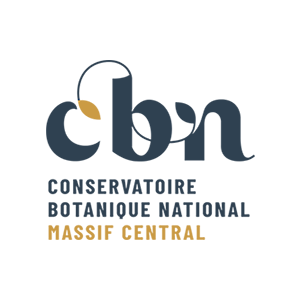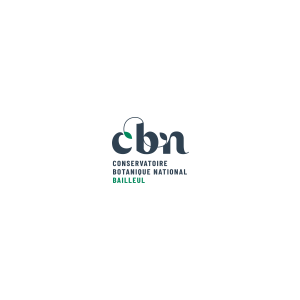
Document généré le 02/12/2025 depuis l'adresse: https://www.documentation.eauetbiodiversite.fr/fr/notice/reproduction-de-l-huitre-creuse-crassostra-gigas-dans-le-bassin-de-marennes-oleron-la-peche-experimentale-de-larves-d-huitres-indicateurs-de-ponte-et-de-recrutuement-analyse-spatio-temporelle-et-relation-avec-l-environnement
Reproduction de l'huître creuse (Crassostra gigas) dans le Bassin de Marennes Oléron. La pêche expérimentale de larves d'huîtres, indicateurs de ponte et de recrutuement. Analyse spatio-temporelle et relation avec l'environnement
Titre alternatif
Producteur
Contributeur(s)
Identifiant documentaire
9-4125
Identifiant OAI
oai:archimer.ifremer.fr:4125
Auteur(s):
Soletchnik, Patrick
Mots clés
Crassostrea gigas
Marennes Oléron Bassin
Pertuis Charentais
Analyse spatio temporelle
Recrutement
Saison
Larve
Ponte
Huîtrs
Reproduction
Date de publication
01/01/2000
Date de création
Date de modification
Date d'acceptation du document
Date de dépôt légal
Langue
fre
Thème
Type de ressource
Source
Droits de réutilisation
info:eu-repo/semantics/openAccess
Région
Département
Commune
Description
This study is based on catched larvae data base produced since C. gigas was first imported into the Charentais Sounds (late 1960s, early 1970s). The method for catching larvae using a towed net remained unchanged between 1950 and 1998. Four sites have been sampled in the Bay since 1970, two situated in the Seudre estuary and two in the middle of the Bay. Two other sites from near the mouth of the Charente River have been sampled since 1982. For each sample, oyster larvae were counted in four size classes, from the young larva (1-4 days) to near metamorphosis (16-20 days). Each year, 100 to 150 captures were carried out at all sample sites between June and September. Captures from July and August represent 99% of the total. The main variables were: capture frequency, start of the spawning season (PP), date of first spawning peak (DP), spawning index and recruitment index (IR)2. From a descriptive point of view, the spawning season may begin in late June or only during the first two weeks of August. It lasts 2 to 8 weeks with one to four major spawning peaks. Thus, the "classification" of the spawning season in C. gigas, as observed through larvae capture, shows high interannual variability....
Accès aux documents
0
Consultations
0
Téléchargements

